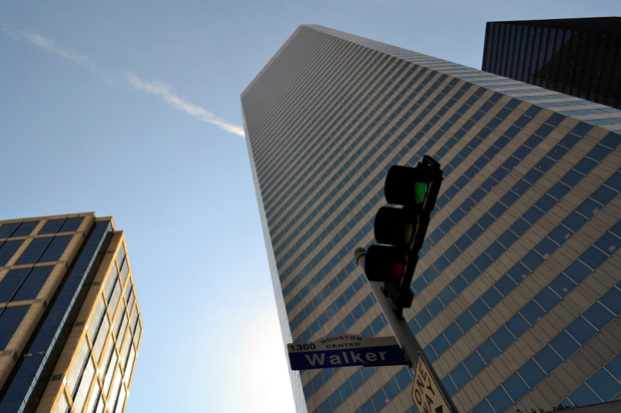by Haris Quintana
Image Credit Pixabay License CC0
Running a commercial building has its perks. You will have companies who need your space. You could have multiple tenants within one building, and you could claim a lucrative rental income from them all. Commercial real estate means big money, and when you charge by the square foot, you can guarantee to earn a considerable amount over the year.
But if you have several tenants within one block, you will need to take responsibility for managing the building. You will have a specific duty of care that you should fulfill as a landlord to ensure that the building is safe and secure. But it doesn’t end there; you will need to make sure that the building is maintained and your legal obligations as a landlord are met at all times.
Agreeing on the Terms of the Tenancy
When you find a tenant to rent a space in your building, you enter into an agreement with them. This will be much more complicated than a residential tenancy, and there will be several key areas that the agreement will focus on. Negotiating terms can be a lengthy process and often involves third parties such as lawyers and letting agents.
The terms will cover significant areas such as the length of the tenancy. This will typically be a fixed term, or it could be a rolling lease which will continue until either party ends it. The amount of rent that will be charged will be agreed at this stage, and there is often a lot of negotiation over this point. The agreement will also determine who is responsible for what in terms of the up-keep of the unit.
Maintaining The Building
As a landlord, you will be responsible for maintaining your property. This may mean looking after the roof, abseil painting if your walls are high, looking after lifts and all communal areas such as corridors, and foyers. There may be loading bays and waste disposal areas that will need the managed and controlled.
Preventive maintenance is important. Using top quality materials will pay off as well as taking steps to prevent damage to the facility. Using aluminium door kick plates from Chequer Plate Direct on the bottoms of doors to prevent damage is a great example.
Safety And Security
Your tenants will have a great deal to lose through break-ins or criminal damage. As a responsible landlord, you will need to ensure there is adequate security in place across the entire building. This may mean having security guards patrolling, closed-circuit surveillance, as well as intruder alarms and secure exits.
You will also be responsible for the health and safety of the building as a whole. This will mean that you should have regular checks of your fire alarm, sprinkler, and emergency lighting systems.
Furthermore, making sure that you have adequate fire doors is essential for preventing the spread of fire and smoke in the event of an emergency. By ensuring Maximum protection with professional fire door installation, fires can be maintained within a specific area, giving occupants more time to evacuate safely and reducing overall damage to the building. Safety components like this are a crucial part of any fire safety plan and should be regularly inspected to ensure they meet safety standards and function properly.
As a commercial landlord, you will have a responsibility to ensure the business is structurally equipped to deal with a fire. You should also make sure the sprinkler system is properly designed for fire impression by making sure the installer has designed the system using Canutesoft.
Insurance
Having a good insurance policy will be a legal requirement when it comes to managing a property such as this. You will need to cover against fires, storm, and flood damage, as well as acts of vandalism. You are also going to have to get public liability insurance to cover people entering the building.


